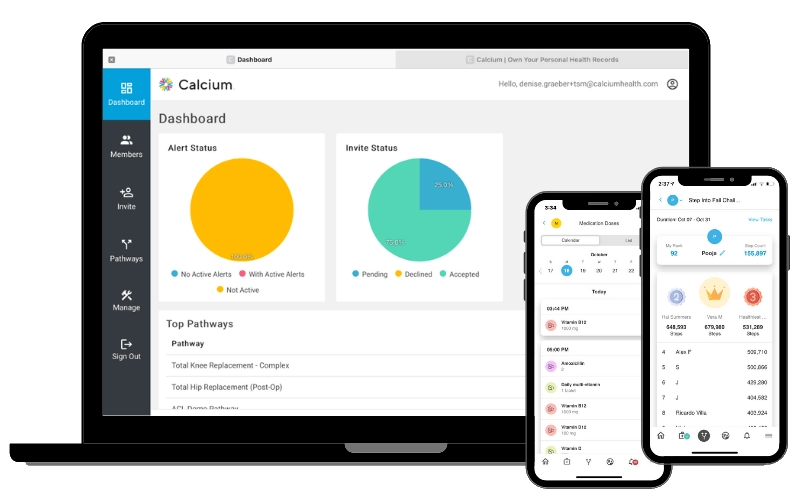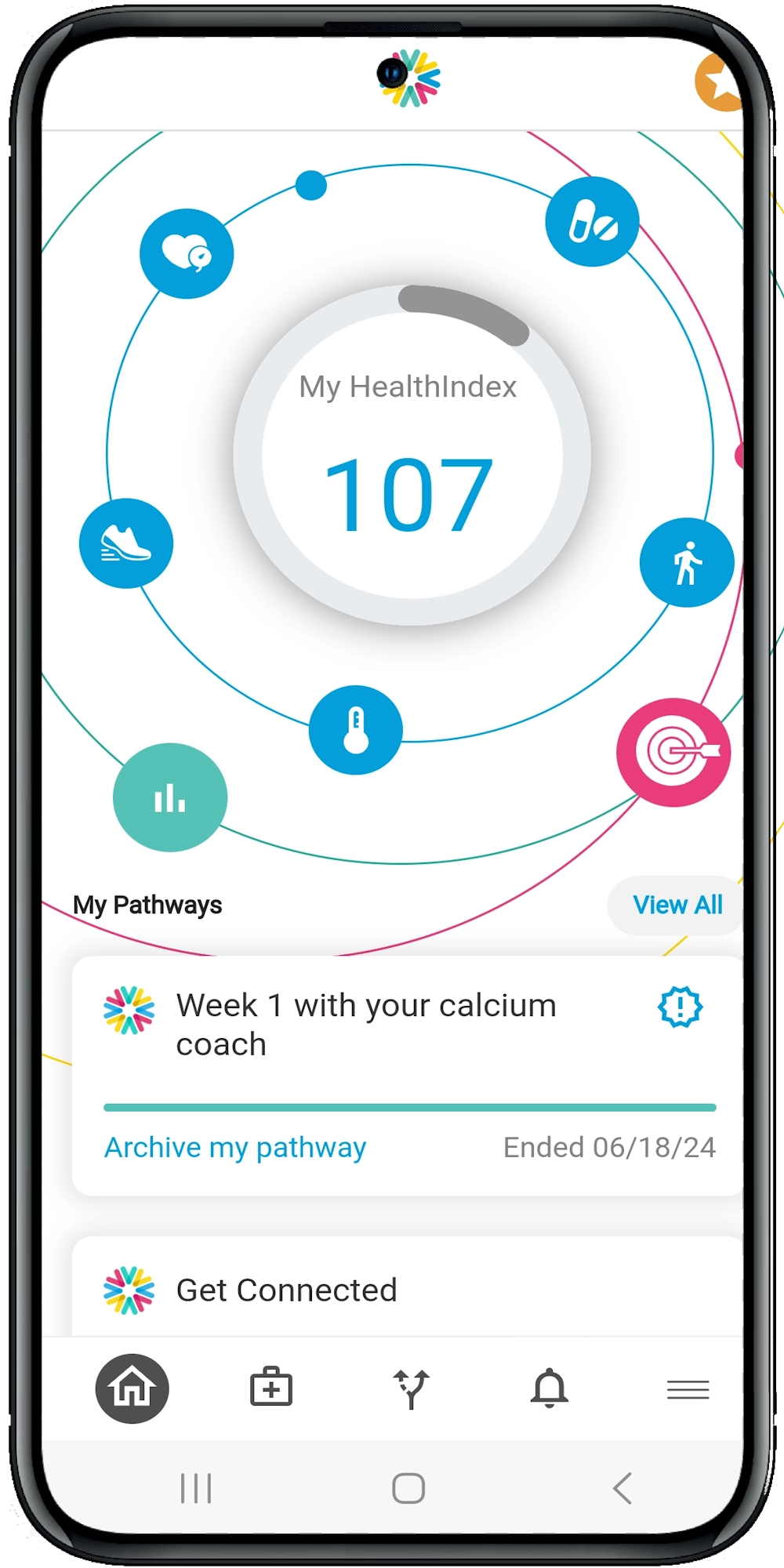Coronary Heart Disease: Enhancing Care with Telemonitoring
Understanding Coronary Heart Disease
Before we jump into telemonitoring, let’s briefly revisit what CHD entails. CHD, also known as coronary artery disease, occurs when the coronary arteries become narrowed or blocked due to plaque buildup. This can lead to angina, heart attacks, and other serious complications. The traditional management of CHD involves lifestyle modifications, medications, and in some cases, surgical interventions.
The Role of Telemonitoring in CHD Management
Telemonitoring refers to the use of digital tools to remotely monitor patients’ health data. For CHD patients, this can include tracking vital signs, medication adherence, physical activity, and other relevant metrics. But how exactly does telemonitoring enhance CHD care?
1. Real-Time Data Collection
Imagine having a window into your patient’s health status 24/7. Telemonitoring devices can continuously collect data such as:
- Heart rate and rhythm: Detecting arrhythmias early can prevent complications.
- Blood pressure: Monitoring fluctuations can guide treatment adjustments.
- Weight: Sudden changes can signal fluid retention or heart failure.
- Physical activity levels: Encouraging regular exercise is crucial for heart health.
2. Early Detection of Complications
Wouldn’t it be great to catch potential issues before they escalate? Telemonitoring enables the early detection of complications. For instance, a sudden spike in blood pressure or an irregular heart rhythm can trigger an alert, prompting immediate intervention. This proactive approach can prevent hospitalizations and improve patient outcomes.
3. Personalized Care Plans
Every patient is unique, and so are their healthcare needs. Telemonitoring allows for the customization of care plans based on real-time data. For example, if a patient is consistently missing their medication doses, a clinician can intervene with reminders or adjust the treatment plan. This level of personalization can significantly enhance adherence and efficacy.
Implementing Telemonitoring: Practical Tips
Now that we understand the benefits, how can healthcare providers effectively implement telemonitoring for CHD patients? Here are some practical tips:
1. Choose the Right Tools
Not all telemonitoring devices are created equal. It’s essential to select tools that are:
- User-friendly: Patients should find the devices easy to use.
- Accurate: Reliable data is crucial for effective monitoring.
- Integrated: Devices should seamlessly integrate with existing electronic health records (EHR) systems.
2. Educate Patients
Patients may be hesitant to embrace new technology. Educate them on the benefits of telemonitoring and provide clear instructions on how to use the devices. Consider offering training sessions or instructional videos to ensure they feel comfortable and confident.
3. Establish Clear Protocols
Set clear protocols for monitoring and responding to data. Define what constitutes a significant change in a patient’s metrics and outline the steps to take when an alert is triggered. This ensures a consistent and efficient response, enhancing patient safety.
4. Foster Communication
Communication is key to successful telemonitoring. Encourage patients to share their concerns and experiences regularly. Schedule virtual check-ins to discuss their progress and address any issues. This ongoing dialogue helps build trust and ensures patients feel supported.
Challenges and Solutions
While telemonitoring offers numerous benefits, it’s not without challenges. Let’s explore some common obstacles and potential solutions:
1. Data Overload
With continuous data collection, clinicians may feel overwhelmed by the sheer volume of information. To manage this:
- Use data analytics tools: These can help identify trends and prioritize critical alerts.
- Delegate tasks: Assign specific team members to monitor and respond to data, ensuring a streamlined process.
2. Patient Engagement
Keeping patients engaged with telemonitoring can be challenging. To enhance engagement:
- Gamify the experience: Introduce rewards or incentives for meeting health goals.
- Provide regular feedback: Share progress reports and celebrate milestones to keep patients motivated.
3. Technical Issues
Technical glitches can hinder the effectiveness of telemonitoring. To address this:
- Offer technical support: Ensure patients have access to help when needed.
- Conduct regular maintenance: Regularly check and update devices to prevent malfunctions.
The Future of Telemonitoring in CHD Care
The potential of telemonitoring in CHD care is immense. As technology continues to evolve, we can expect even more advanced tools and features. For example:
- AI-driven analytics: Artificial intelligence can analyze vast amounts of data, offering predictive insights and personalized recommendations.
- Wearable devices: Innovations in wearable technology can provide even more accurate and comprehensive health data.
- Telehealth integration: Combining telemonitoring with telehealth consultations can create a seamless and holistic care experience.
Summary and Suggestions
Telemonitoring is transforming the way we manage coronary heart disease, offering real-time data, early detection of complications, and personalized care plans. By choosing the right tools, educating patients, and establishing clear protocols, healthcare providers can harness the full potential of telemonitoring. While challenges exist, they can be mitigated with the right strategies, paving the way for a brighter future in CHD care.
Ready to explore more about telemonitoring and digital health solutions? Check out our other resources or schedule a demo to see how our platform can enhance your CHD care strategies.




